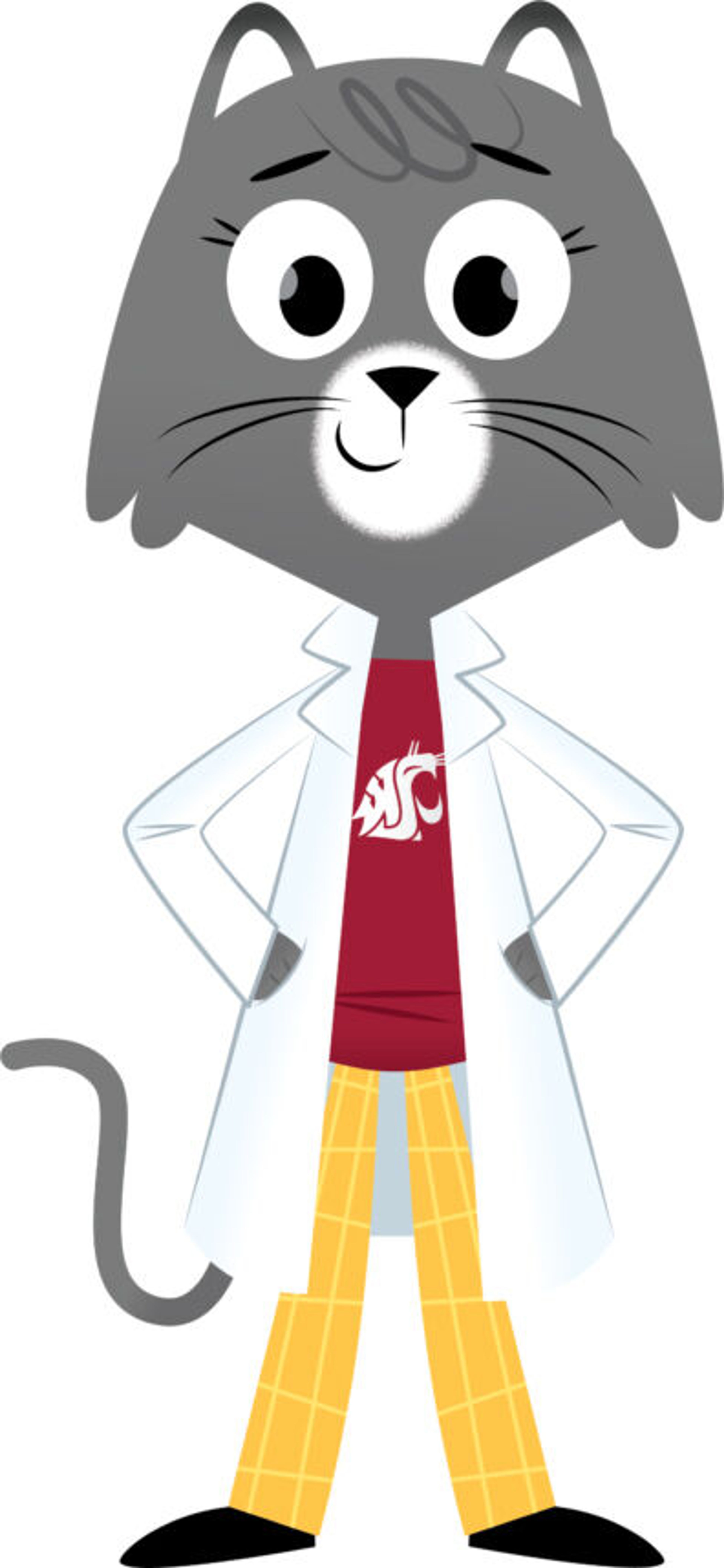Dr. Universe,
Why does oil on the street look like a rainbow?
— Jorgos, 10, Bothell, Wash.
When it rains, sometimes we can see oil on the street rise to the top of puddles and spread out into a rainbow of colors.
One of the main reasons we see color is because of light, said my friend Cigdem Capan, a physics instructor at Washington State University.
She reminded me that when our eyes sense colors, we can trace those colors back to different wavelengths of light. Perhaps you can make some waves in the air with your hand. Make small, tight waves. Now make a big, wide waves.
The light waves that help us see color are a lot smaller than any wave we can make with our hand. According to our friends at the National Oceanic and Atmospheric Administration, blue or violet wavelength is about 125 times smaller than the width of a human hair.
When these light waves reflect, or bounce, off different surfaces such as an oily puddle, our eyes and brain work together to help translate the information into color.
It turns out there are two places in an oily puddle where the light waves can bounce off or reflect. If you’ve ever mixed oil and water together, you know that they like to be in separate layers.
One place where the light reflects is the top of the puddle where the air meets the oil. The other place is where oil and water meet. Lightwaves have to travel a bit farther through the puddle to reflect where the oil and water meet.
Let’s say you see some purple spots in an oily puddle. You see this color because red, orange, yellow, green, and blue waves reflect off the puddle and overlap with each other in the air. When the waves overlap, they actually cancel each other out, so you can’t see them with your eyes.
But the violet waves reflect off the surface and travel in unison through the air to your eyes. As they travel, these violet wavelengths get a bit of a boost from each other, and the purple appears bright to your eyes.
The differences in the thickness of the oil can make some wavelengths reflect in unison and that is how we see not just the purple spots, but all the different colors in an oily puddle.
The colors that you see in an oily puddle are also a kind of phenomenon we call iridescence. We can see this phenomenon when we observe the outside of soap bubbles or the colorful feathers of the male peacock.
There are so many different colors in our world. Perhaps you even have a favorite one. A couple of my favorite colors are crimson and gray. No matter what colors we see in our world, remember that we can trace all of them back to waves of light.
Have a science question? Ask Dr. Wendy Sue Universe, WSU’s resident science cat and writer, by email at Dr.Universe@wsu.edu.








